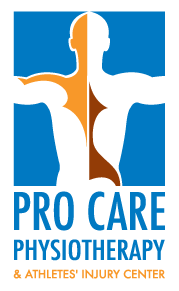




You’ve heard it a million times from teachers, peers, and family; “Don’t slump, it’s bad for your posture!” But what exactly does poor posture mean? The simplest definition: an unnecessary and concerning pattern of negative physical responses to one’s posture.
If you are one of the millions of North Americans working in an office, you likely exhibit poor posture at least once during the day. Sitting in an upright chair with your legs tucked under your seat is, from an evolutionary perspective, a bizarre and unnatural position. Over time, poor posture can have a serious impact on your health, causing problems in your shoulders, hips, spine, neck, and knees.
To help you determine whether your posture is healthy or not, here are a few bad postures to avoid:
Common Examples of Bad Posture
Forward Head: This example of poor posture occurs when the head is held forwards, in front of the shoulders. Also known as “texting neck,” this posture is common in people with office jobs, or those who spend most of their days in front of a computer.
Anterior Pelvic Tilt: This posture, which consists of a pronounced lower back arch and protruding stomach, is particularly common in people who work in a seated position. If you’ve ever seen the Disney character Donald Duck, you might be familiar with the posture. In people with an anterior pelvic tilt, the pelvis is tilted forwards, which can drastically affect posture and cause problems in the neck and lower back.
Slumped Shoulders: Slumped shoulders are a common posture fault in both active and inactive people. Most of the time, this posture is caused by laziness or weakness in the neck and back muscles.
How Can I Tell if I Have Poor Posture?
•Take Photographs. The best way to assess the state of your posture is to photograph your body in a relaxed state. Wearing form fitting clothes, take a profile and head-on body shot.
•Check Your Feet. In many instances, bad posture starts at the feet. If your feet point inwards, you are considered “pigeon toed.” If they point outwards, you have “duck feet.” Each position puts different pressure on your knees, hips, and lower back.
•Look Down. You can determine a lot about your posture by simple looking at your body from above. If, when standing normally, you can see your shoulder blade, your back is too rounded. If your stomach protrudes significantly, you likely have an anterior pelvic tilt.
If you suffer from pains and strains associated with poor posture, the professionals at Pro Care Physiotherapy can help. Our therapists offer a customized physiotherapy service to improve your posture and manage your pain. Contact us today to learn more about our services.